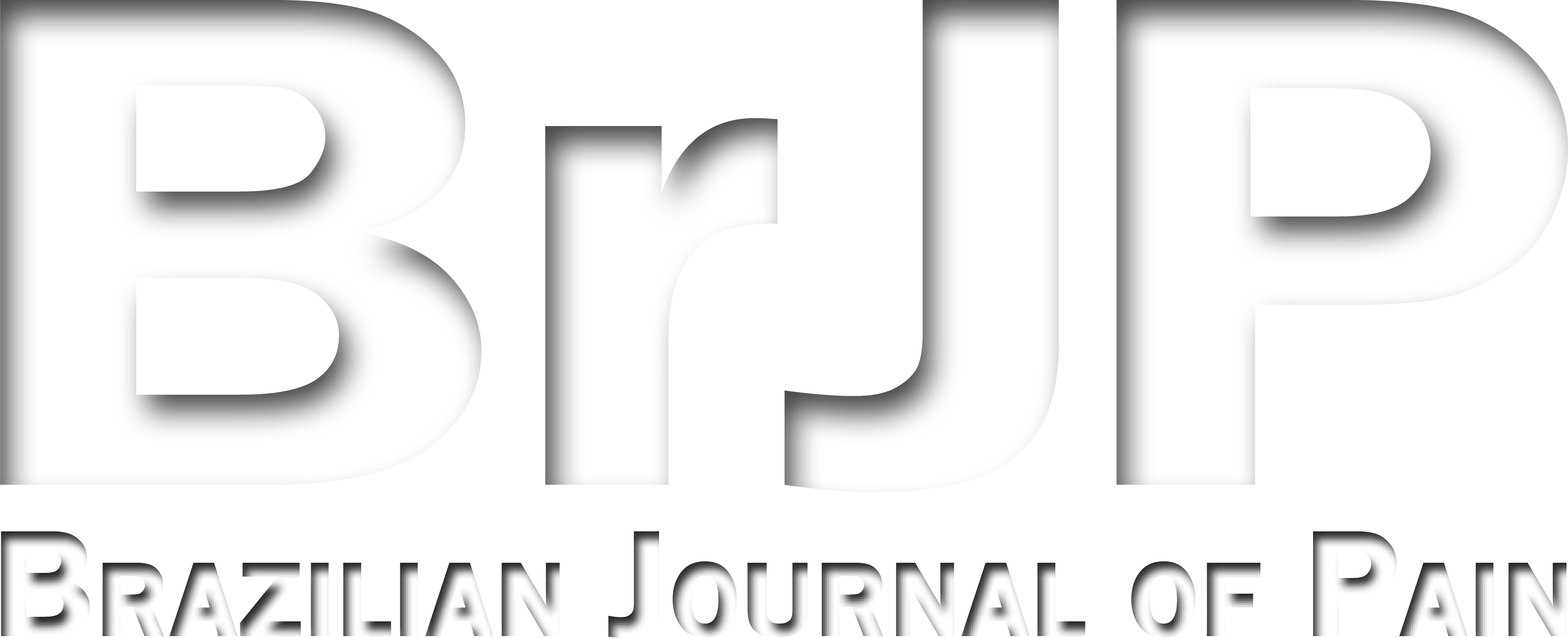Headache after evaluation with transcranial magnetic stimulation in a healthy participant. Case report
Cefaleia após avaliação com estimulação magnética transcraniana em participante saudável. Relato de caso
Julie Azevedo Araújo Valente; Maria José Pedreira Ramalho; Janine Ribeiro Camatti; Abrahão Fontes Baptista
Abstract
Keywords
Resumo
Palavras-chave
References
Groppa S, Oliviero A, Eisen A, Quartarone A, Cohen LG, Mall V. A practical guide to diagnostic transcranial magnetic stimulation: Report of an IFCN committee. Clin Neurophysiol. 2012;123(5):858-82.
Cavaleri R, Schabrun SM, Chipchase LS. The number of stimuli required to reliably assess corticomotor excitability and primary motor cortical representations using transcranial magnetic stimulation (TMS): a systematic review and meta-analysis. Syst Rev. 2017;6(1):48.
Rossi S, Hallett M, Rossini PM, Pascual-Leone A. Safety, ethical considerations, and application guidelines for the use of transcranial magnetic stimulation in clinical practice and research. Clin Neurophysiol. 2009;120(12):2008-39.
Chen R, Tam A, Bütefisch C, Corwell B, Ziemann U, Rothwell JC. Intracortical inhibition and facilitation in different representations of the human motor cortex. J Neurophysiol. 1998;80(6):2870-81.
Peterchev AV, Wagner TA, Miranda PC, Nitsche MA, Paulus W, Lisanby SH. Fundamental of transcranial electric and magnetic stimulation dose: definition, selection, and reporting practices. Brain Stimul. 2012;5(4):435-53.
Auriat AM, Neva JL, Peters S, Ferris JK, Boyd LA. A review of transcranial magnetic stimulation and multimodal neuroimaging to characterize post-stroke neuroplasticity. Front Neurol. 2015;6:226.
Maizey L, Allen CP, Dervinis M, Verbruggen F, Varnava A, Kozlov M. Comparative incidence rates of mild adverse effects to transcranial magnetic stimulation. Clin Neurophysiol. 2013;124(3):536-44.
Tajerian M, Leu D, Zou Y, Sahbaie P, Li W, Khan H. Brain neuroplastic changes accompany anxiety and memory deficits in a model of complex regional pain syndrome. Anesthesiology. 2014;121(4):852-65.
Durmaz O, Ates MA, Senol MG. Repetitive transcranial magnetic stimulation (rTMS)-induced trigeminal autonomic cephalalgia. Noro Psikiyatri Ars. 2015;52(3):309-11.
Dodick DW, Schembri CT, Helmuth M, Aurora SK. Transcranial magnetic stimulation for migraine: a safety review. Headache. 2010;50(7):1153-63.
Submitted date:
05/15/2019
Accepted date:
07/16/2019


